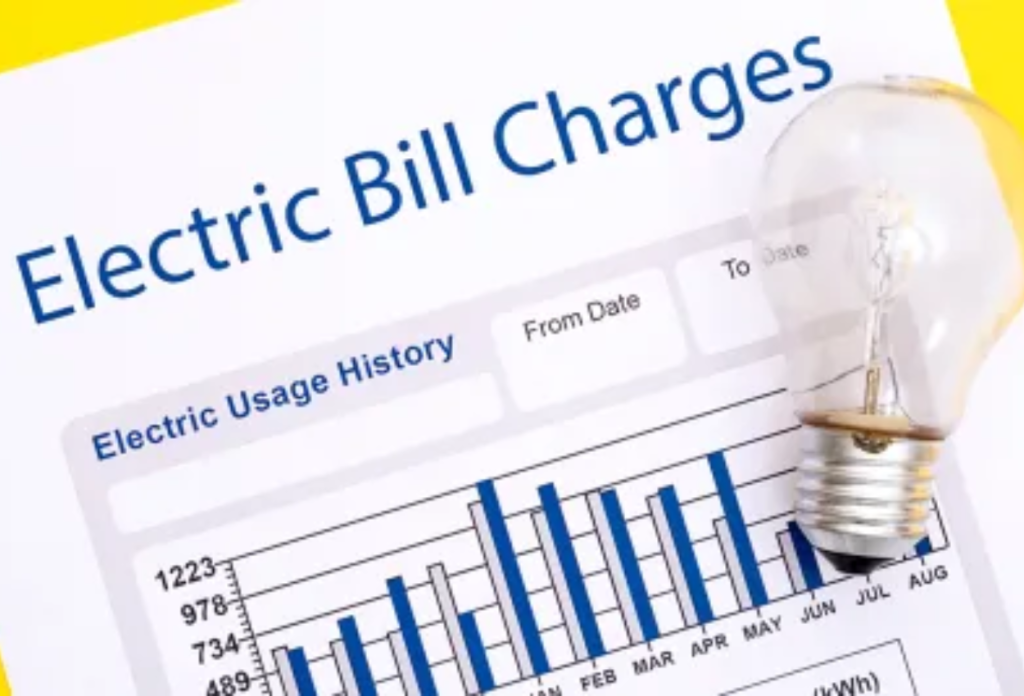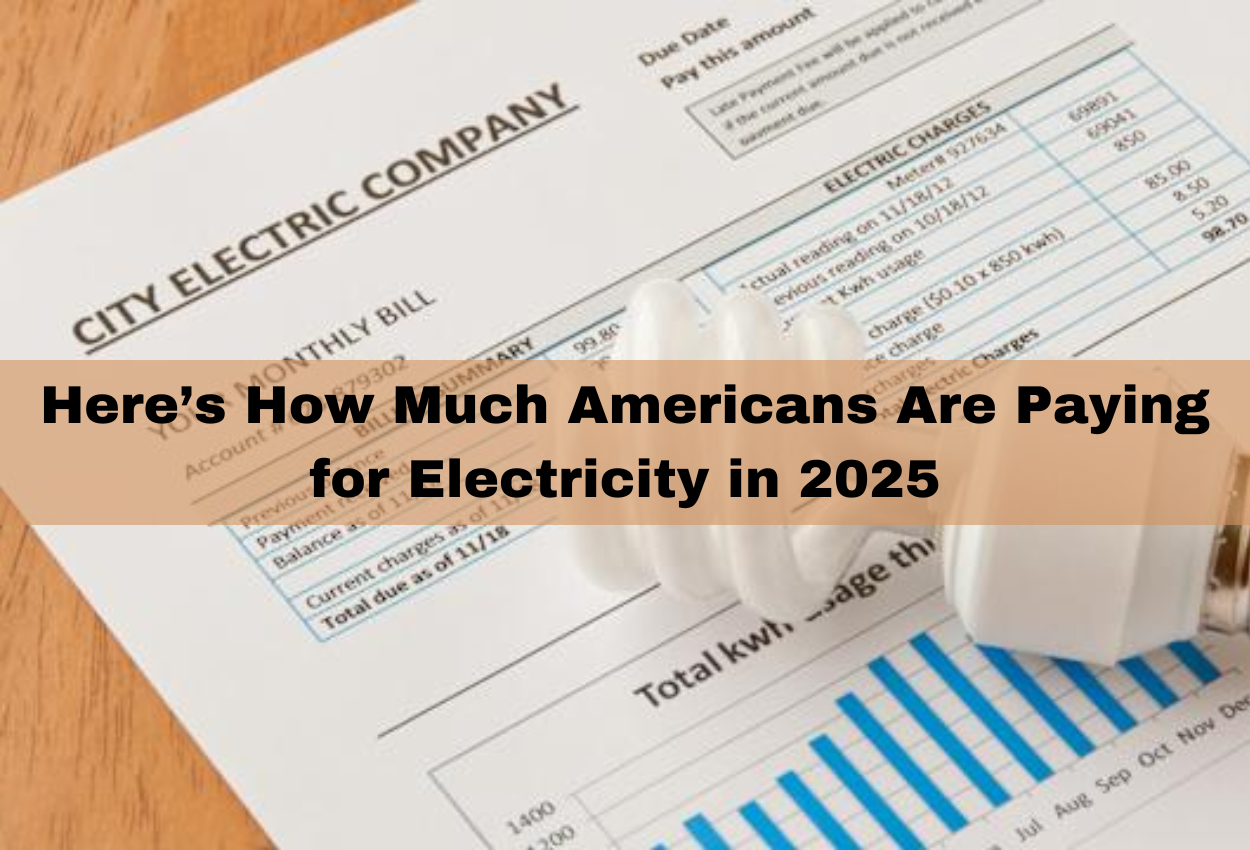Electricity bills can vary a lot depending on where you live. While some states enjoy lower rates, others see higher-than-average costs on their monthly statements. Have you ever wondered how your electricity bill compares to the national average?
Using data from the U.S. Energy Information Administration (EIA), recent research has revealed the average electricity costs for each state. Factors like power consumption, local energy policies, and regional weather conditions play a huge role in determining your final bill. Let’s take a closer look at the state-wise breakdown.
Why Do Electricity Bills Vary So Much?

Not everyone pays the same amount for electricity, and there are several reasons behind it. Geography, energy sources, and state policies all influence electricity rates.
States that rely heavily on renewable energy or have lower energy demands tend to have cheaper electricity. On the other hand, places that experience extreme temperatures or depend on imported energy often have higher bills.
For example, Hawaii usually has the highest electricity rates due to its dependence on imported fuel, while states like Louisiana and Washington enjoy some of the lowest prices because of their access to hydropower and natural gas.
What’s the Average Monthly Electricity Bill in Your State?
Curious to know where your state stands? Based on the latest EIA data, here’s a general breakdown of the average monthly electricity bills across the U.S.
States with the Lowest Electricity Bills:
- Washington – Thanks to abundant hydropower, residents here pay some of the lowest rates.
- Louisiana – Low energy prices and warm weather keep costs down.
- Oregon – Renewable energy sources help reduce electricity bills.
States with the Highest Electricity Bills:
- Hawaii – Due to reliance on imported oil, residents pay the highest electricity rates in the U.S.
- California – Despite efforts to promote renewable energy, higher demand and energy policies lead to expensive bills.
- Alaska – Cold weather and limited power sources drive up energy costs.
Want to check exactly how much your state’s average bill is? Looking at these state-by-state averages can help you plan your budget and find ways to save money.
How Can You Lower Your Electricity Bill?

Even if you live in a state with higher rates, there are still ways to cut down your electricity costs:
- Use Energy-Efficient Appliances – Switch to LED lights, smart thermostats, and ENERGY STAR-rated appliances to save energy.
- Unplug Devices When Not in Use – Even when turned off, some electronics still consume power.
- Adjust Your Thermostat – Setting it a few degrees higher in summer and lower in winter can make a big difference.
- Take Advantage of Solar Energy – If your state offers incentives, solar panels can help reduce long-term electricity costs.
- Use Power During Off-Peak Hours – Some states charge lower rates at night, so running appliances during those hours can help.
By making small adjustments, you can save money on your monthly bill and also contribute to a more sustainable energy future.
Final Thoughts
Electricity prices are constantly changing, and where you live has a big impact on how much you pay. Some states benefit from cheaper power sources, while others face higher rates due to demand and geography.
The good news? There are still plenty of ways to lower your electricity bill no matter where you live. Whether it’s upgrading to energy-efficient appliances, switching to solar power, or simply adjusting your daily habits, small changes can lead to big savings. Stay informed, compare rates, and make smart choices to keep your electricity costs under control!




